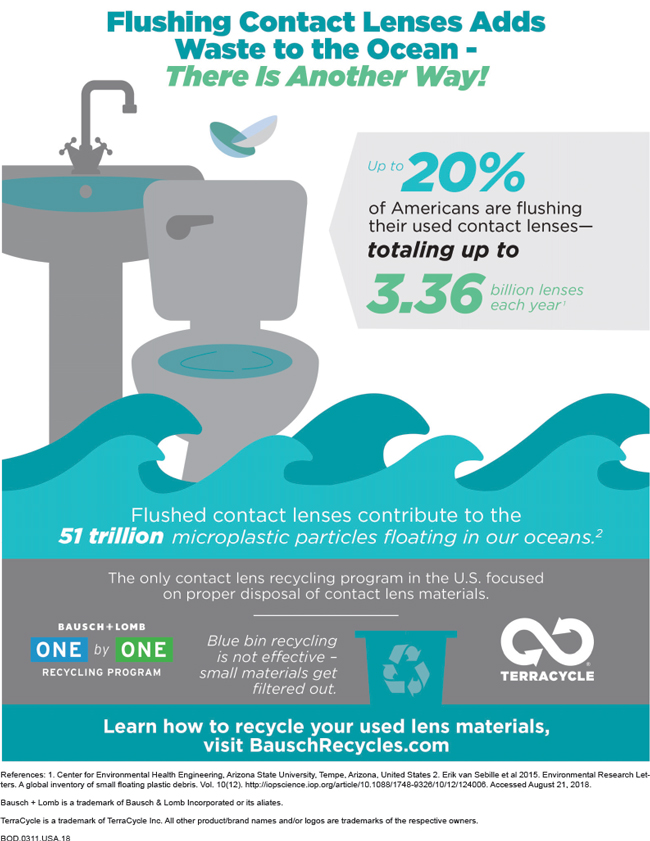By now, you’ve likely heard of the world’s horrific plastic waste problem and how it’s steadily piling up in landfills, the ocean, and in the bellies of precious marine life. In an attempt to help curb the issue, you’ve likely opted for reusable water bottles, stainless steel drinking straws, and a myriad of tote bags perfect for all of your shopping needs.
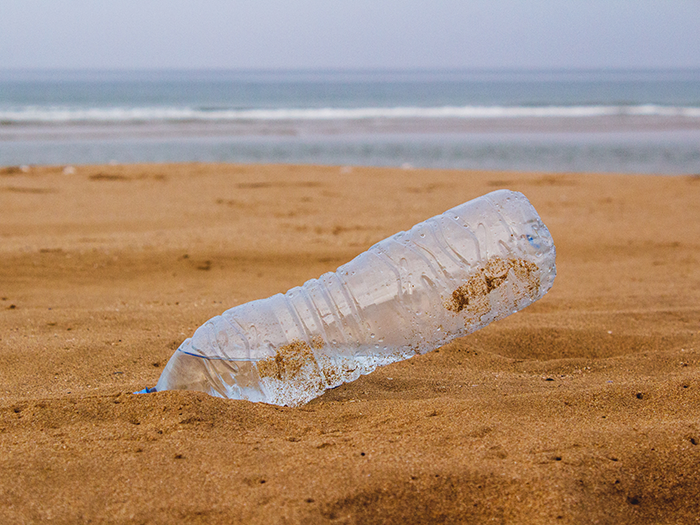
Sadly, plastic is ubiquitous — and try as you might, it’s probably creeping into your everyday life in places you’d never guess. A
recent study found tiny plastic particles in the digestive systems of people from eight different countries. And if you think you’re safe from consuming plastic because you don’t eat fish or drink from plastic water bottles — think again!
Studies detected microplastics in 83 percent of global tap water samples (with the U.S. having the highest contamination rate of 94 percent!) and also discovered more than 100 pieces of microplastic fall onto our plates each time we sit down to eat via the dust in the air!
Clearly, avoiding plastic altogether is impossible, but the fact that plastic contains toxic chemicals that are causing a host of health problems—obesity, inflammation of the lungs, stomach, and intestinal tracts, various cancers, heart disease, etc.—coupled with its utter pervasiveness in our everyday lives should give us the kick in the butt we need to be even more diligent about reducing our plastic usage.
If you’ve already ditched the obvious culprits of plastic utensils and to-go containers, you’re on the right track. However, many of your household items may contain plastic, unbeknownst to you! Here are a few places plastic could be lurking in your home:
1. Tea Bags
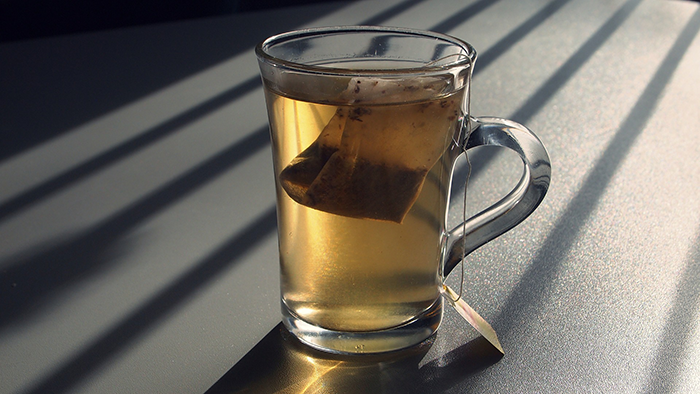
You may be shocked to learn that more than 95 percent of all tea bags are fastened using polypropylene, a sealing plastic. You can help cut back on the amount of plastic that leaches into the soil of landfills and avoid microplastics winding up in your brew by opting for plastic-free tea bags—just be mindful of the packaging they come in. Alternatively, the more low-waste option is to purchase loose leaf tea in bulk from the store and use a tea steeper or fill your own reusable, plastic-free tea bags.
2. Clothing
Approximately 63 percent of clothing is made from plastic. This presents a major problem as microplastics wind up in wastewater during washing. While scientists are trying to create a filter to remedy this issue, there are simple steps you can take to reduce microplastic water pollution: avoid buying fast fashion pieces, purchase clothing made from 100 percent natural fibers like organic cotton or Tencel, and if you do wear clothing made from synthetic materials (which contain microplastics), wash them less frequently.
3. Chewing Gum
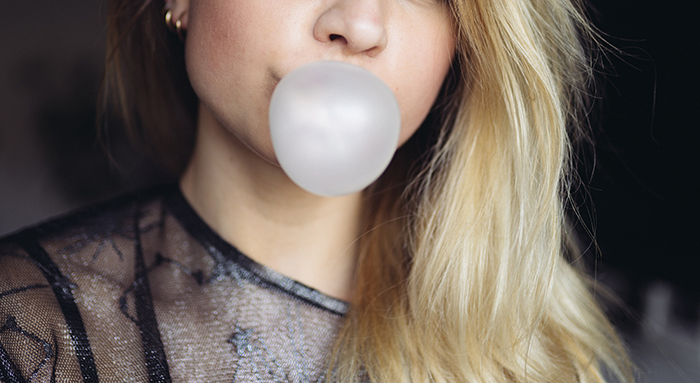
You may already avoid gum containing animal products like gelatin (such as Altoids), but did you know most chewing gums also contain plastic? Previously, gum was made using natural ingredients like chicle (derived from trees); however, in an attempt to create more readily accessible ingredients, gum base ingredients (wholly approved by the FDA) now include such things as wax, rubber (derived from crude oil), and plastic. Along with the health implications this poses, gum is also one of the
most littered items (aside from cigarette butts), presenting a host of environmental repercussions as well! If you’re looking for healthier and more eco-conscious alternatives to gum, try plastic-free chewing gums like Simple Gum, or opt for more natural options like chewing on cloves or mint leaves — both of which freshen breath and have many health benefits like improved digestion.
4. Contact Lenses
In the United States, more than 45 million people wear contact lenses — which are typically made from moldable plastic materials. Being that contact lenses are not permanently reusable and must eventually be throw away, they are typically disposed of by either being flushed down the toilet, washed down the sink drain, or tossed out in the trash. Although keeping them out of waterways may seem like the better option, sending them to landfills isn’t any better. For those not keen on wearing glasses, worry not because there are many recycling programs — such as
TerraCycle or
Bausch + Lomb ONE by ONE program (in collaboration with TerraCycle) — that will properly dispose of your contact lenses.
5. Diapers
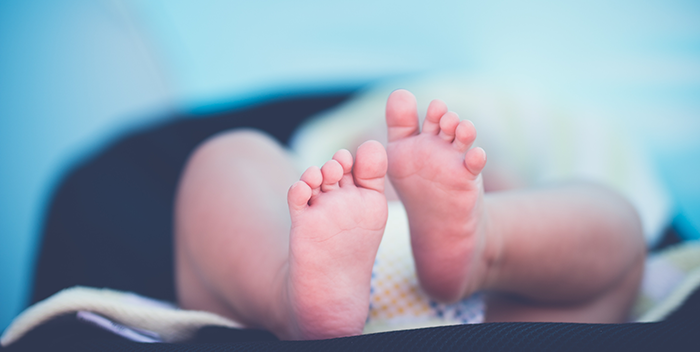
If you’re an eco-conscious momma, you may be all-too familiar with the dilemma of finding a “greener” method of disposing of your baby’s poop. On the one hand, disposable diapers clog up landfills and release CFCs into the atmosphere — which in turn deplete the ozone layer — and on the other hand, reusable cloth diapers are major energy wasters in terms of washing. Either way, both options may also contain plastic. Whether you opt for disposable or reusable diapers, pay close attention to labels and try avoiding those that contain plastic. If you do choose to go with disposable diapers, there are many brands out there that make plastic-free diapers out of
natural and renewable materials.
Have you made the switch from these plastic items?

 Sadly, plastic is ubiquitous — and try as you might, it’s probably creeping into your everyday life in places you’d never guess. A
Sadly, plastic is ubiquitous — and try as you might, it’s probably creeping into your everyday life in places you’d never guess. A 
 You may already avoid gum containing animal products like gelatin (such as Altoids), but did you know most chewing gums also contain plastic? Previously, gum was made using natural ingredients like chicle (derived from trees); however, in an attempt to create more readily accessible ingredients, gum base ingredients (wholly approved by the FDA) now include such things as wax, rubber (derived from crude oil), and plastic. Along with the health implications this poses, gum is also one of the
You may already avoid gum containing animal products like gelatin (such as Altoids), but did you know most chewing gums also contain plastic? Previously, gum was made using natural ingredients like chicle (derived from trees); however, in an attempt to create more readily accessible ingredients, gum base ingredients (wholly approved by the FDA) now include such things as wax, rubber (derived from crude oil), and plastic. Along with the health implications this poses, gum is also one of the  If you’re an eco-conscious momma, you may be all-too familiar with the dilemma of finding a “greener” method of disposing of your baby’s poop. On the one hand, disposable diapers clog up landfills and release CFCs into the atmosphere — which in turn deplete the ozone layer — and on the other hand, reusable cloth diapers are major energy wasters in terms of washing. Either way, both options may also contain plastic. Whether you opt for disposable or reusable diapers, pay close attention to labels and try avoiding those that contain plastic. If you do choose to go with disposable diapers, there are many brands out there that make plastic-free diapers out of
If you’re an eco-conscious momma, you may be all-too familiar with the dilemma of finding a “greener” method of disposing of your baby’s poop. On the one hand, disposable diapers clog up landfills and release CFCs into the atmosphere — which in turn deplete the ozone layer — and on the other hand, reusable cloth diapers are major energy wasters in terms of washing. Either way, both options may also contain plastic. Whether you opt for disposable or reusable diapers, pay close attention to labels and try avoiding those that contain plastic. If you do choose to go with disposable diapers, there are many brands out there that make plastic-free diapers out of 